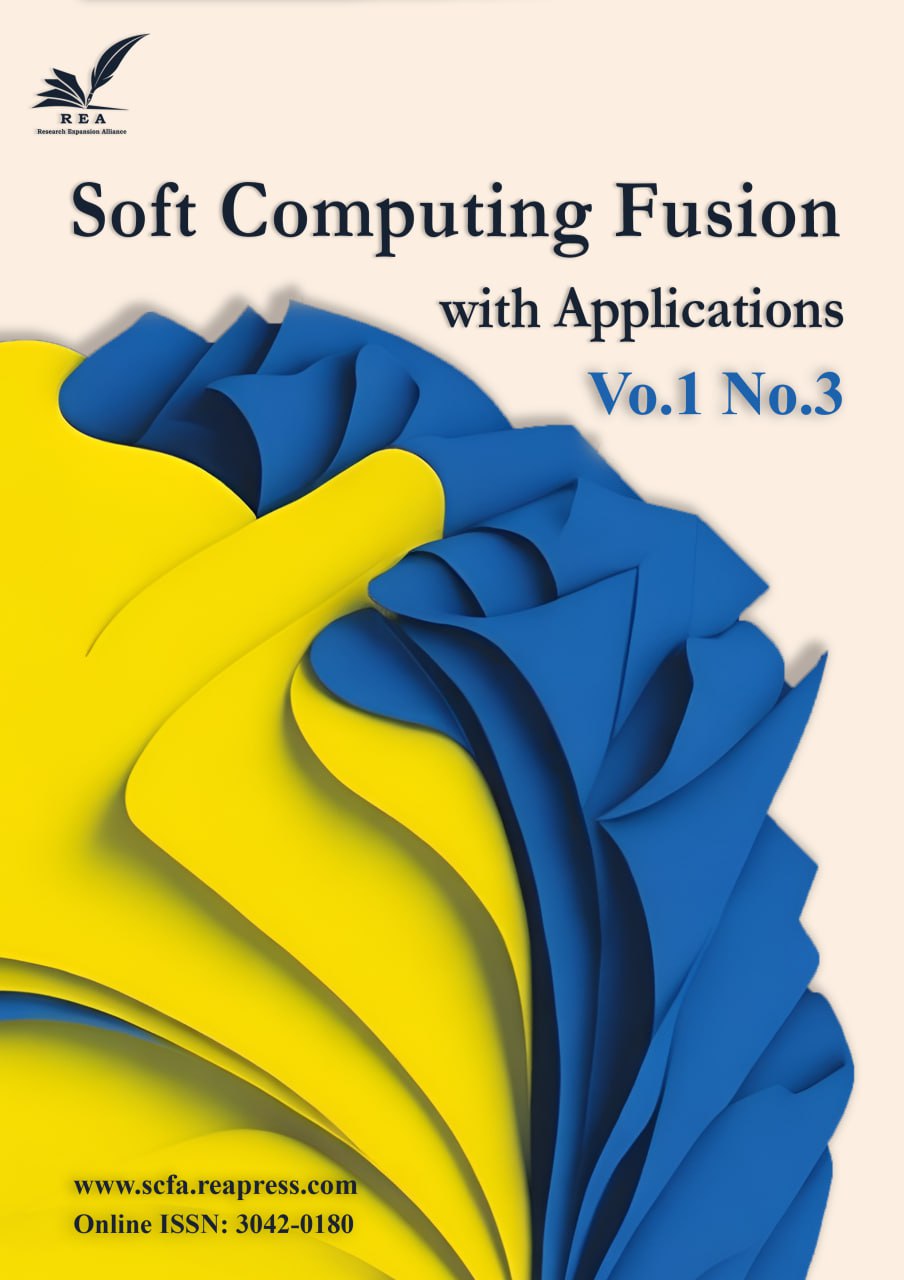Traffic Prediction Using Machine Learning
Abstract
This research investigates the use of sophisticated machine-learning methods to forecast traffic patterns at various urban intersections. By leveraging a detailed dataset collected from strategically situated sensors, this study applies Gated Recurrent Units (GRUs), a type of Recurrent Neural Network (RNN) designed for sequence prediction, to anticipate traffic volumes. The data includes vehicle counts, environmental factors, and time markers from multiple junctions over an extended period. After thorough data preprocessing, feature engineering, and diligent model training, the research demonstrates how GRUs can effectively manage the temporal and sequential relationships present in traffic flow data. The predictive models were assessed using the Root Mean Square Error (RMSE) metric, which showed notable differences in predictive accuracy at different urban junctions. This study adds to the expanding knowledge in traffic management systems and offers a solid framework for real-time traffic forecasting, with the goal of improving urban mobility and alleviating congestion through smart traffic management solutions.
Keywords:
Traffic prediction, Gated recurrent units, Machine learning, Urban traffic management, Time series analysisReferences
- [1] Mohapatra, H., & Rath, A. K. (2021). An IoT based efficient multi-objective real-time smart parking system. International journal of sensor networks, 37(4), 219–232. https://doi.org/10.1504/IJSNET.2021.119483
- [2] Mohapatra, H., Rath, A. K., & Panda, N. (2022). IoT infrastructure for the accident avoidance: An approach of smart transportation. International journal of information technology, 14(2), 761–768. https://doi.org/10.1007/s41870-022-00872-6
- [3] Azzouni, A., & Pujolle, G. (2017). A long short-term memory recurrent neural network framework for network traffic matrix prediction. https://doi.org/10.48550/arXiv.1705.05690
- [4] Vlahogianni, E. I., Karlaftis, M. G., & Golias, J. C. (2005). Optimized and meta-optimized neural networks for short-term traffic flow prediction: A genetic approach. Transportation research part c: Emerging technologies, 13(3), 211–234. https://doi.org/10.1016/j.trc.2005.04.007
- [5] Jia, Y., Wu, J., & Xu, M. (2017). Traffic flow prediction with rainfall impact using a deep learning method. Journal of advanced transportation, 2017(1), 6575947. https://doi.org/10.1155/2017/6575947
- [6] Loumiotis, I., Demestichas, K., Adamopoulou, E., Kosmides, P., Asthenopoulos, V., & Sykas, E. (2018). Road traffic prediction using artificial neural networks. 2018 south-eastern european design automation, computer engineering, computer networks and society media conference (SEEDA_CECNSM) (pp. 1–5). IEEE. https://doi.org/10.23919/SEEDA-CECNSM.2018.8544943
- [7] Huang, R., Huang, C., Yubao Liu, Y., Dai, G., & Kong, W. (2020). LSGCN: Long short-term traffic prediction with graph convolutional networks. Proceedings of the twenty-ninth international joint conference on artificial intelligence (pp. 2327–2333). International joint conference on artificial intelligence. http://dx.doi.org/10.24963/ijcai.2020/322
- [8] Prajam, S., Wechtaisong, C., & Khan, A. A. (2022). Applying machine learning approaches for network traffic forecasting. Indian journal of computer science and engineering, 13(2), 324–335. https://doi.org/10.21817/indjcse/2022/v13i2/221302188
- [9] Formosa, N., Quddus, M., Ison, S., Abdel-Aty, M., & Yuan, J. (2020). Predicting real-time traffic conflicts using deep learning. Accident analysis & prevention, 136, 105429. https://doi.org/10.1016/j.aap.2019.105429
- [10] Neelakandan, S., Berlin, M. A., Tripathi, S., Devi, V. B., Bhardwaj, I., & Arulkumar, N. (2021). IoT-based traffic prediction and traffic signal control system for smart city. Soft computing, 25(18), 12241–12248. https://doi.org/10.1007/s00500-021-05896-x
- [11] Rzeszótko, J., & Nguyen, S. H. (2012). Machine learning for traffic prediction. Fundamenta informaticae, 119(3–4), 407–420. https://doi.org/10.3233/FI-2012-745
- [12] Li, C., & Xu, P. (2021). Application on traffic flow prediction of machine learning in intelligent transportation. Neural computing and applications, 33(2), 613–624. https://doi.org/10.1007/s00521-020-05002-6
- [13] Cho, K., Van Merriënboer, B., Gulcehre, C., Bahdanau, D., Bougares, F., Schwenk, H., & Bengio, Y. (2014). Learning phrase representations using RNN encoder-decoder for statistical machine translation. https://doi.org/10.48550/arXiv.1406.1078


